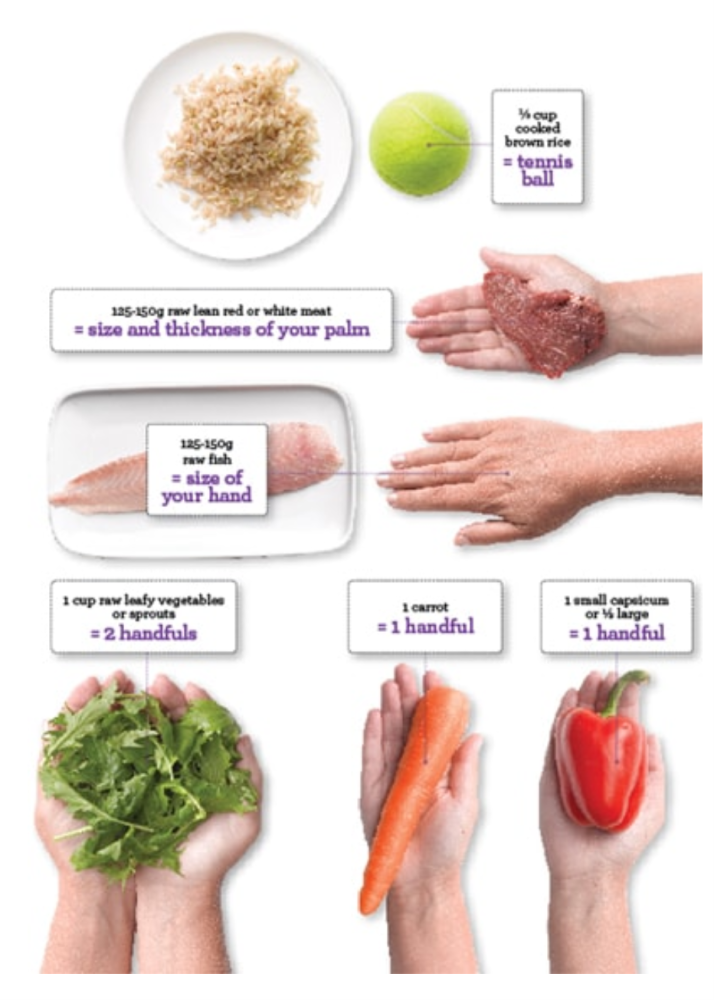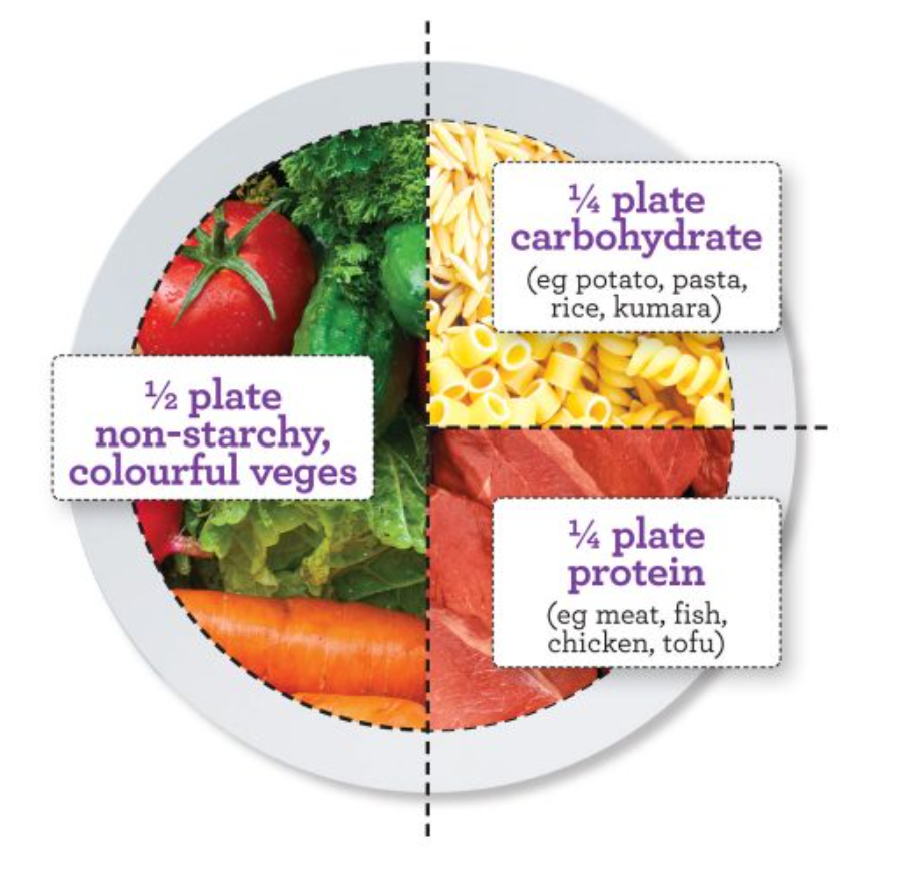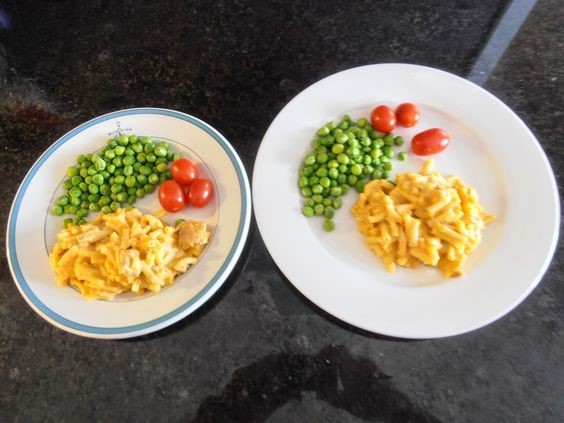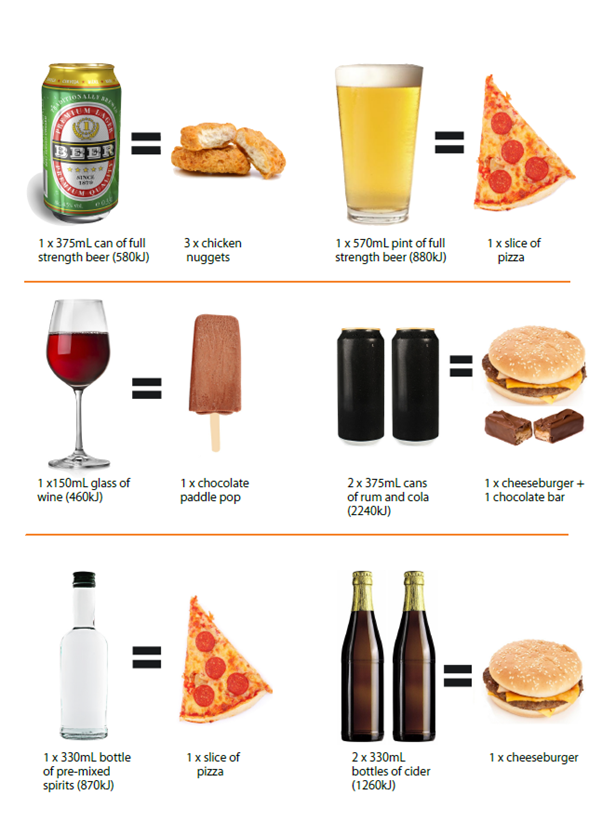
Holiday Healthy Eating Tips to help you avoid that holiday weight gain

We have finally arrived at a controlled state with our COVID-19 numbers and reaching normality with our everyday life. With restrictions eased and borders opening, we are able to start planning for the next family holiday or even get-together parties.
On average, Australians gain around 0.8 – 1.5kg over the end of year break. (1) This amount does not sound a lot but research has found that the weight gained over this period is rarely lost. (2) So how can we enjoy keep the extra kilos at bay?
Here are some Smart Strategies to help you curb the holiday weight.
Issue 1: Social eating
Studies have shown that people tend to overeat when they are not paying attention like sitting in front of a TV. Similarly, at parties with colleagues, friends and family, we may end up over nibbling especially if we stand too close to the grazing table!
Smart Strategy: We call this the ‘Slow and Low’.
Practice mindful eating by eating SLOWly and enjoying every mouthful. Scan the table for the healthier options and start with these LOWer calorie items. These are often high in fibre which will also help fill you up, so you don’t overeat on the higher calorie choices.
If you are the host, when you and your guests are done eating, gently urge people to move outside or into another room to continue the conversation rather than lingering around the dining table as easy access encourages mindless picking. Include platters of vegetables to accompany dips instead of breadstick, chips or pretzel.
If you are the guest, serve up on your plate the healthier options first such as salads followed by lean meat and complex carbohydrate. Enjoy the company of your peers and put your cutlery down while talking or listening to help pace out your eating. Practice the ‘Slow and Low’!

Issue 2: Special food
There are some delicacies which are only available during certain occasions like Christmas (eg. Pavlova or Turkey roast) or Easter (eg. Hot cross buns and easter chocolate bunnies) or even special street foods when you go on holiday. Or is it really? The fear of missing out ‘FOMO’ might cause you to overindulge in such treats which are often energy dense.
Smart Strategy: Quality over quantity.
If you’re the host, focus on preparing one or two sensational dishes which would satisfy your guests as there is no need to offer multiple mains or every single type of protein there under the sun ranging from poultry, seafood to red meat. Spare yourself the extra work, stress and leftovers you have to deal with for days! Try offering a range of colourful vegetables instead.
If you’re the guest, savour your favourite fare but plate up only a healthy portion size. Think a palm size for your protein, a fist size for your carbohydrate and two handful for your vegetables. Resist the temptation to fill your plate with every item on offer right from the beginning of the table. Look at what is on offer and decide on the top 3 items you will enjoy and stick with those. Know that you can always enjoy the food again another day and you will probably enjoy it better than if you overate.

Issue 3: Variety and Volume of food
Ah, the spread of food! Don’t we want to sample everything? Just one bite of each? Studies have shown that we will eat more e.g. sweets when the options come in different shapes, sizes, colours and texture. It may be a small bite but know that every mouthful counts and adds on!
Smart Strategy: Counter the V and V with another V!
Visually recognise a healthy portion and stick the healthy eating plate model.
As a host, plan your menu well in advance, stick to the shopping list and avoid last minute impulse purchases. Cater only for the maximum number of people you’re expecting. If you present one food with flair, it will look just as festive as a more lavish spread. And if you cater the right amount, you won’t be left with all these leftovers for days on. Have a variety of the healthier options e.g. salads rather than a variety of desserts.
 As a guest, it might help putting the couple of canapes on your plate so you realise how many you end up having. Have a tiny taste of most items if you wish to but remember to keep to a healthy eating plate model. Before reaching out for seconds, try taking a time out by standing up or moving around with purpose such as filling water glasses or help the kids set up a game in the living room. Give your body time to register a feeling of fullness.
As a guest, it might help putting the couple of canapes on your plate so you realise how many you end up having. Have a tiny taste of most items if you wish to but remember to keep to a healthy eating plate model. Before reaching out for seconds, try taking a time out by standing up or moving around with purpose such as filling water glasses or help the kids set up a game in the living room. Give your body time to register a feeling of fullness.
Here are some more tips on how you can enjoy the celebration in a healthy way...
Avoid going to parties on an empty stomach
“We’ll be eating heaps, so let’s save up on the calories for later!” Don’t we all have this thought which led us to skipping our meals before heading out? And when we reach the party, it’s like all hell broke loose! We lose our self-control, stand too close to the food and munch away on too much finger food before the dinner even starts. Instead of skipping a meal, have a healthy light meal or snack beforehand such as yoghurt, a handful of nuts, a piece of fruit or some veggie sticks with hummus.
Consider the size of your plate and glass
With a bigger plate, we end up plating up more food. A study has found that if you use a 10 inch plate instead of a 12 inch plate, you’ll serve 22% less food. Similarly, when we drinking from a taller glass, we have been found to drink faster as we focus on the height of the drink. A larger wine glass can contain up to two standard drinks which can fool us into believing we are drinking less “only one glass”.

Watch the calorie in your drinks
A standard serve of alcoholic drink has at least 290 kilojoules (or 70 calories). A shot of whiskey has around 290 kilojoules, while a can of full-strength beer or a glass of wine contains around 500 kilojoules which is equivalent to two glazed donuts!

So here is how you can reduce your calorie intake at the parties:
- Alternate alcoholic drinks with water, diet soft drinks or sparkling water. This does not only cut down your energy intake, it also keeps you hydrated.
- Drink from a small glass and slip slowly. This goes for other calorie containing drinks as well such as juices or mocktails
- Choose diet mixers with spirits
- Choose lower calorie drinks such as flavour infused water
Control the condiments
Gravies and sauces are often high in fat and salt. Avoid drenching your food with these. Likewise with the desserts, be mindful of the extra cream and custard. Have a smaller portion or swap for healthier options such as guacamole, hummus, fresh herbs or yoghurt.
Last but not least, be realistic and be kind to yourself
Aiming for weight loss during festive season or “dieting” during a holiday is a big ask, instead set realistic goal and aim to maintain your current weight. Remember there is no need to guilt trip yourself. If you’ve over indulged, work off the extra calories by having another walk round the block. It is important to remember that mental health is just as important as your physical health!
If you have any questions or enquiries do not hesitate to contact us at Create Health via phone or email.
References:
1. Nutrition Australia
2. Foodsense. Consumer Reports on Health: Dodge holiday weight gain without missing the merriment. Dec 2002.
3. Harvard Health Publishing. Distracted eating may add to weight gain. March 2013.
« back


 (03) 9873 6767
(03) 9873 6767